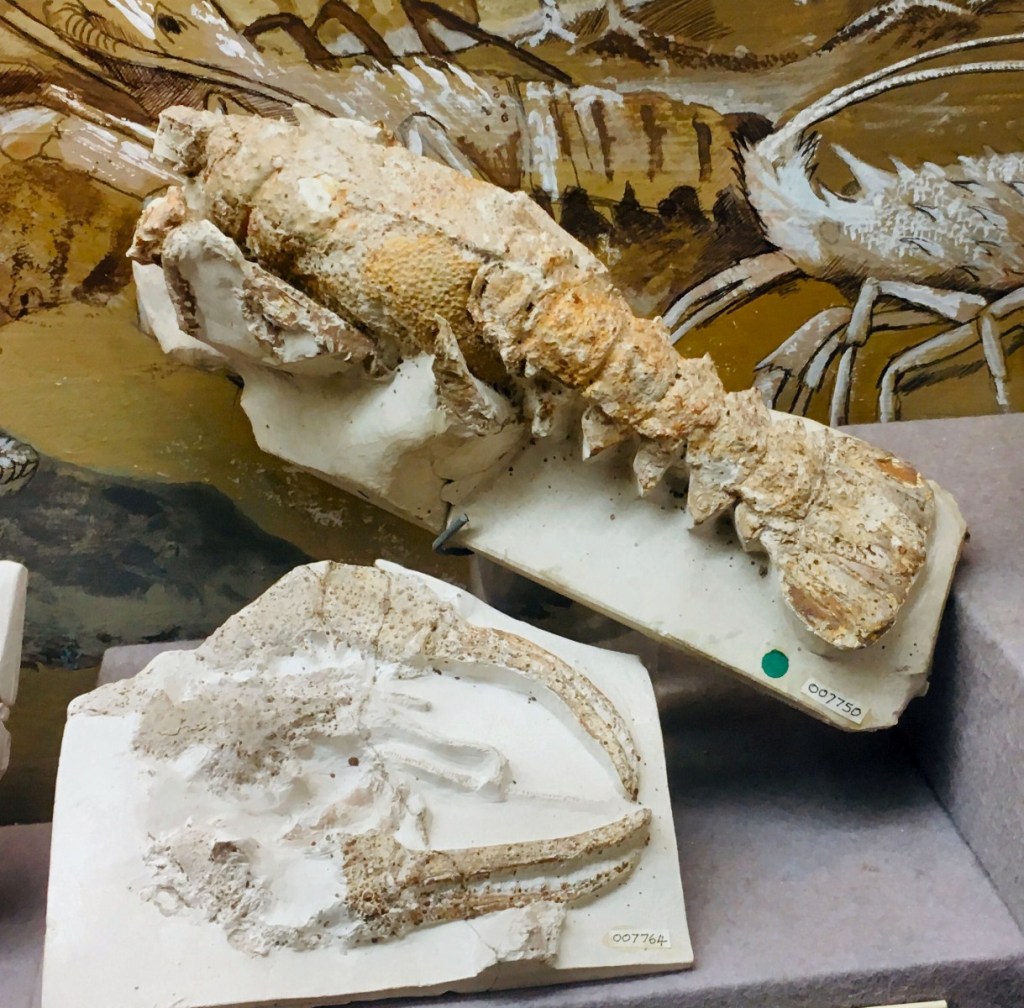Geology museums of Britain: The Booth Museum of Natural History, Brighton
Jon Trevelyan (UK)

Those of you with a long memory (and an admirable loyalty to Deposits magazine) may remember that, several years ago, I produced a few articles on British geology museums, including the National Stone Centre in Derbyshire and Whitby Museum (the latter jointly with Dean Lomax). I have recently been spending some time working in the seaside town of Brighton and decided to reacquaint myself with the Booth Museum of Natural History, an to write about this quaint little gem.

I am not entirely comfortable with the rows of cabinets full of stuffed animals containing the collection of Victorian taxidermy of collector, Edward Booth (Fig. 2) after whom the museum is named, but it is not that that attracts me to the museum. Rather, it is a smallish backroom housing a collection of geology – found predominantly in Sussex, but also elsewhere in Britain and the world.

While there are iguanodontid dinosaur bones from Sussex on show, there are also large mineralogical and sedimentological specimens (and apparently petrological slides in a microscopy section, which I was not aware existed). There is also material from the elephant beds beneath Brighton, with ice age mammal fossils and subfossils.

However, it is the chalk fossils that make this museum a must for anyone who loves palaeontology. These are as good as any I have seen and I hope the pictures accompanying this article show this. On your way to Brighton, for example by train, you will cut through the chalk ridge of the South Downs, so it is no surprise that the museum concentrates on the fossils of the Upper Cretaceous. However, the quality is superb. In the displays, there are as excellent examples of crinoids, fish, echinoids, bivalves, ammonites, belemnites and more as you will see anywhere.









I thoroughly recommend a visit to this little museum – it will be well worth a visit to Brighton.
| Information Address: 194 Dyke Road, Brighton, BN1 5AA Telephone number: 03000 290900 Email address: visitor.services@brighton-hove.gov.uk Website: https://brightonmuseums.org.uk/booth/ Open: Monday, Tuesday, Wednesday, Friday and Saturday (closed 12-1pm); Sunday (2-5pm) |
Further reading
Fossils of the Chalk: Guide, Palaeontological Association No 2 (2nd edition), edited by Andrew B Smith and David J Batten, The Palaeontological Association, London (2002), 374 pages (Paperback), ISBN: 0901702781
Logging the Chalk, by Rory N Mortimore, Whittles Publishing, Caithness, Scotland (2014). 357 pages, (hardback), ISBN: 978-184995-098-5
The Chalk of Sussex and Kent, Geologists’ Association Guide No 57, by Rory N Mortimore, The Geologists’ Association, London (1997), 139 pages (Paperback), ISBN: 0-780900717833

